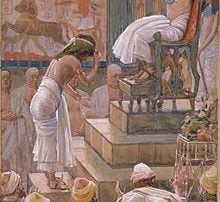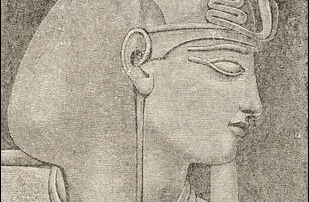Joseph teaches Pharaoh a lesson in fundamental forces
This week, we read in the Torah portion Vayigash (Gen. 44:18–47:27) about Joseph revealing himself to his brothers and Jacob coming to Egypt with his family. This storyline culminates by Joseph presenting his brothers and his father to Pharaoh. A curious thing, though—instead of presenting all eleven brothers, Joseph presents only five. This fact does not escape the attention of Rashi, who comments as follows: Joseph chose the weakest of his brothers to avoid conscription of the brothers to the military service in the Pharaoh’s army. This explanation always left me dissatisfied. Even if it explains why Joseph presented fewer than all of his brothers to Pharaoh, it does not explain the number—why five? Why not one, or two, or three? The number five in Hebrew is represented by the letter Heh. I submit to [...]


